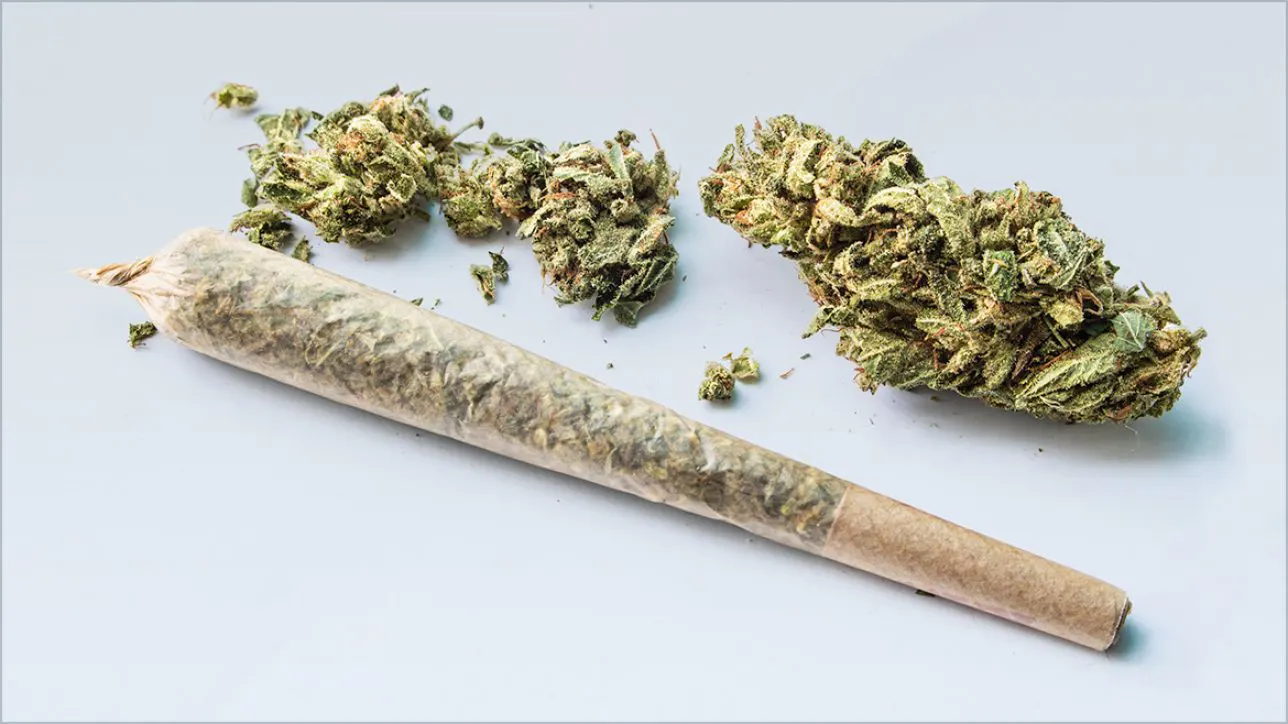Pre-rolls are making a reappearance as the preferred method of consumption among cannabis users. Whether it’s the convenience, the unadulterated flavor profiles, or just nostalgia, pre-roll sales were up 59% last year. And naturally, the rolling papers market has exploded to meet this growing demand, estimated to be a $1.2 billion dollar global industry.
…we immediately suspected that the rolling papers were the source of the contamination, and further testing confirmed this. This was not an isolated incident.
Just as savvy cannabis consumers ask for a Certificate of Analysis (COA) on their flower or oil, they would be wise to also inquire about a COA on the rolling papers of their pre-rolls (as well as any other added materials). Both rolling paper manufacturers and pre-roll brands should consider testing their products independent of the cannabis material to ensure a safe final product. Recalling the recent vape crisis and rise in hospitalizations—it turned out to be an additive, Vitamin E acetate added as a cutting agent, that was to blame.
Cannabis manufacturers would be wise to conduct testing at various stages of production to prevent errors and failure rates further along in the process that cost time and money.
A cautionary tale
When one of our customers received the news that a pesticide had been detected in their retail products, a product for which the dried flower had previously passed testing, we decided to investigate. Since the flower was initially tested alone and passed, yet the pre-rolls failed testing, we immediately suspected that the rolling papers were the source of the contamination, and further testing confirmed this. This was not an isolated incident.
In the interest of consumer safety, we decided to conduct our own independent tests on random rolling papers to gauge the potential for tainted products in the market. You can read our full report here.
Standard rolling papers vs. Cellulose-based papers
Our independent test found that standard rolling papers seemed to have the lowest levels of contaminants, while cellulose-based papers had much higher levels of heavy metal contamination. Two of the three cellulose papers had over 100 times the allowable levels of lead. Further study on the variety of rolling paper materials is certainly warranted.
Heavy metals in rolling papers
At least one heavy metal was detected in 90% of the rolling paper products with 8% containing at least one heavy metal in concentrations above the allowable limits in California for inhalable cannabis products. Lead was the most commonly detected metal by a considerable margin.
Pesticides in rolling papers
Pesticides were detected in 16% of the samples with 5% coming in over the allowable action limits.
What consumers need to know about the safety of rolling papers
The reality is that a rolling paper comprises a small amount of the material in a pre-roll. And most pre-rolls are safe products with some manufacturers going above and beyond to source clean materials. In our tests, most of the detections were below California action limits. Of the 18 detections at concentrations over California action limits, ten were still likely too low to cause a finished pre-roll to fail a compliance test. However, eight of the ‘fails’ had at least twice the action limit, and several were many times the action limit.

